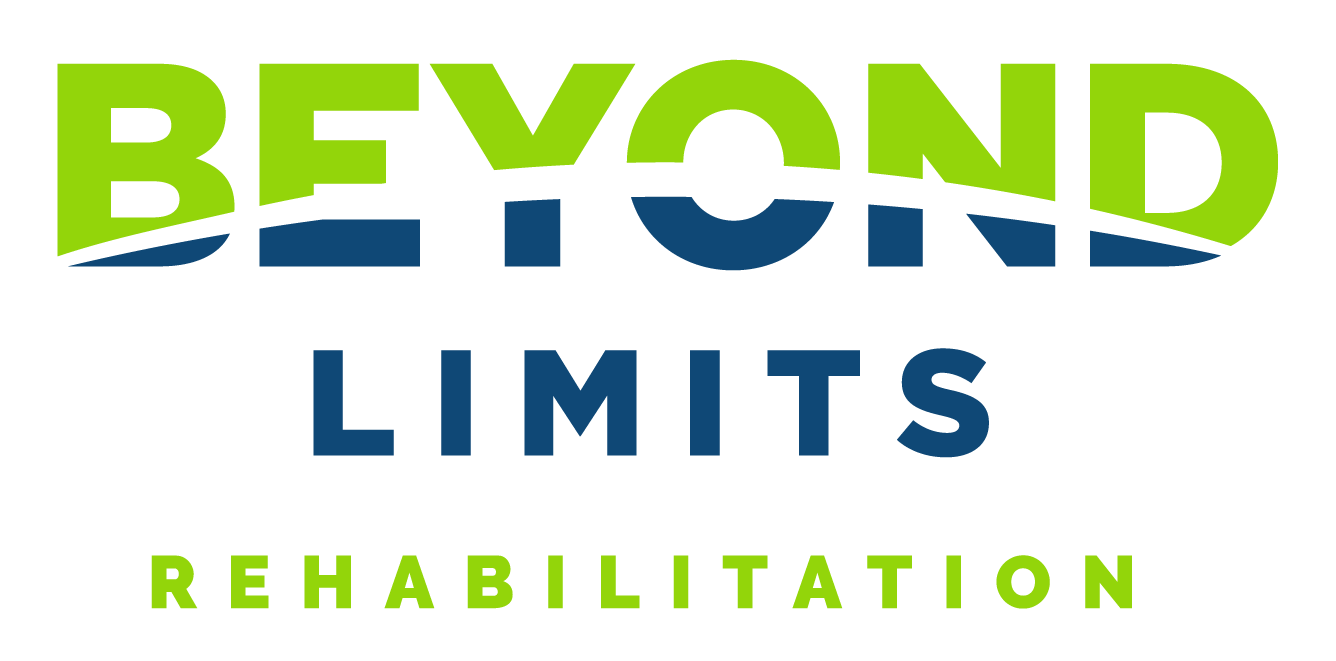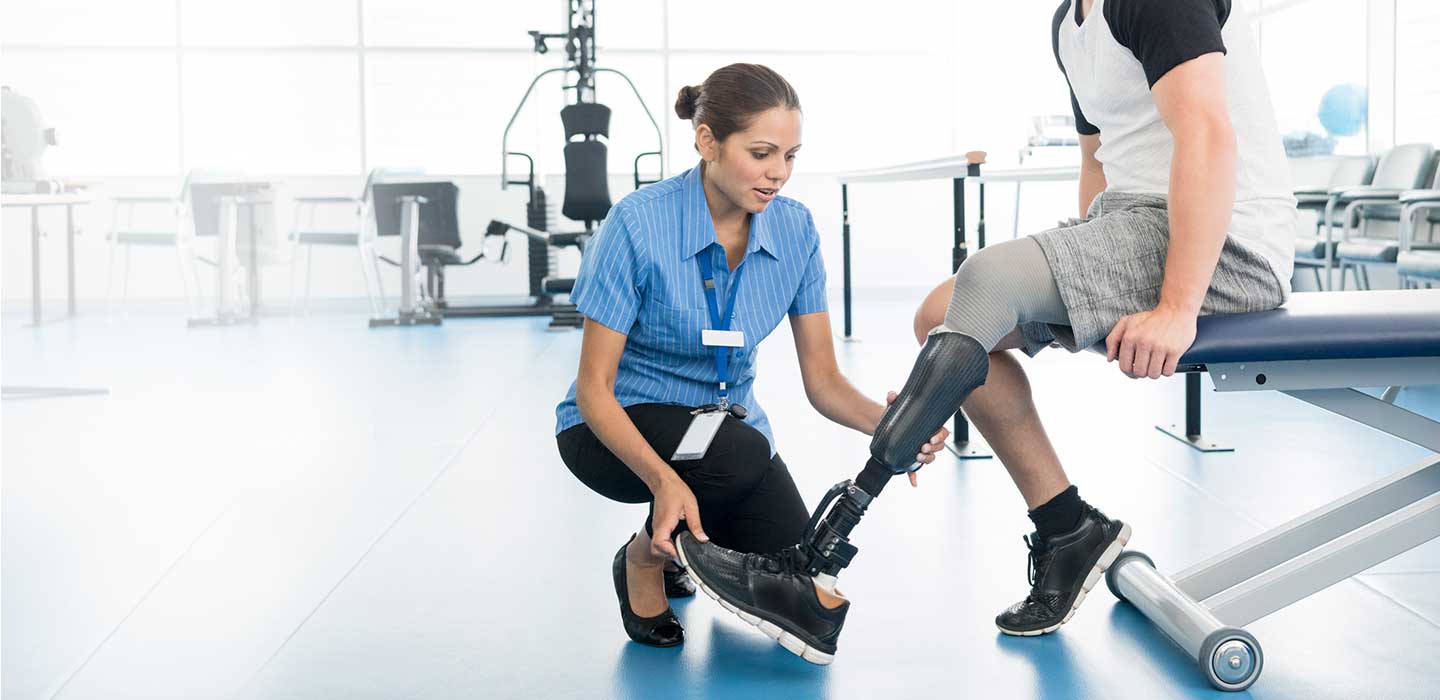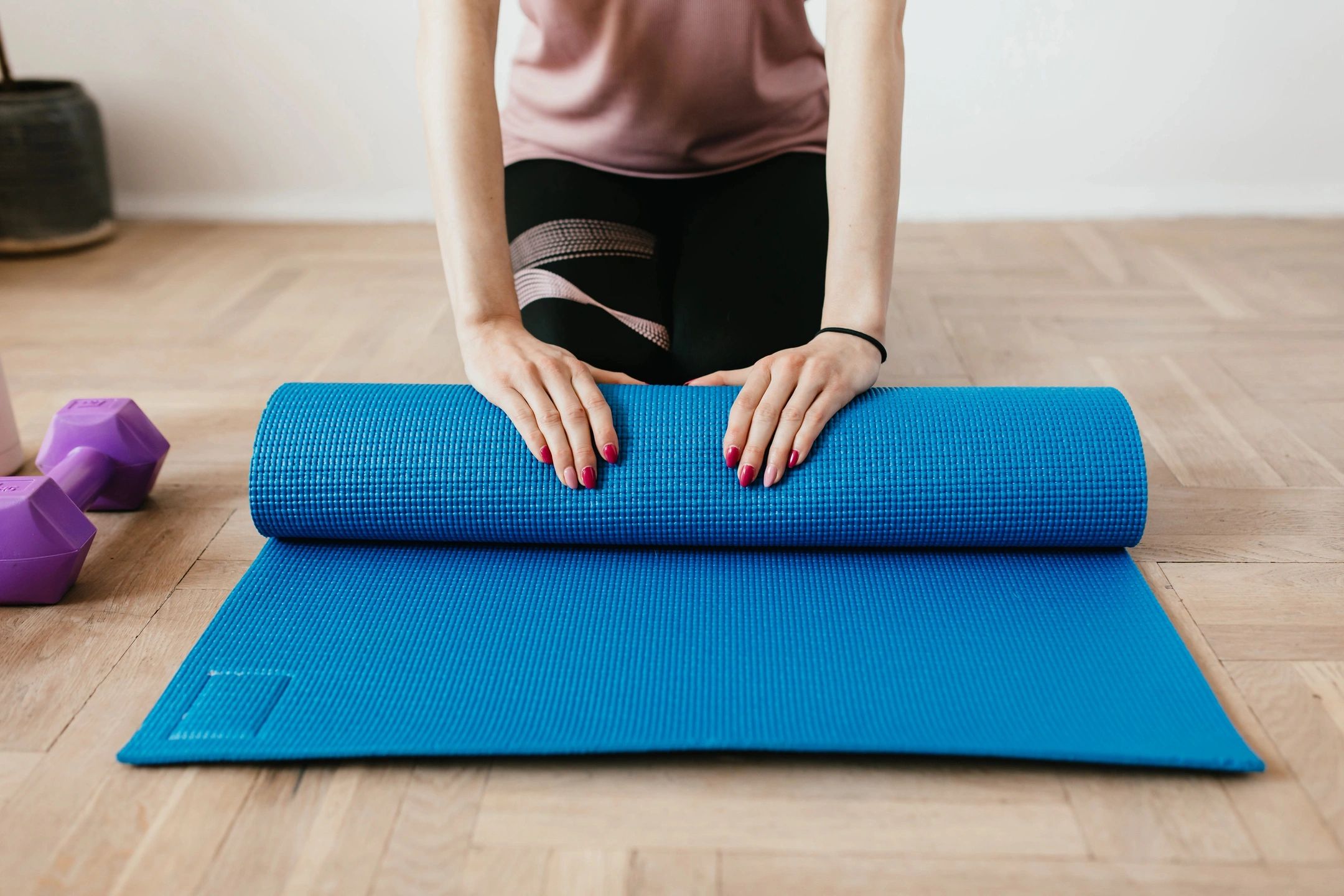FALL is a four-letter word that no one wants to hear, especially if you have a lower extremity amputation and prosthesis. Over half of adults with lower-limb amputations report at least one fall in the past 12 months, with injury occurring in over 40% of cases (Hunter SW, Batchelor F, Hill KD, et al). We have heard a range of troubling concerns about the risks of falls such as, “I don’t want to fall because it is embarrassing”, “If I fall, I could break something”, and “If I fall how am I going to get up?”. Here at Beyond Limits Rehabilitation, our therapy team specializes in prosthetic care and rehabilitation. Our top priority is to help our patients overcome these fears and develop the TRUST needed to successfully move forward in gaining the use of their prosthesis.
TRUST is essential when working with patients with lower limb amputations. Patients must trust the doctor, the prosthetist, the therapist, and mostly THEMSELVES. Lack of trust will significantly limit progress and can lead to nonuse of their prosthesis. One may ask, “How do I trust something that does not feel like it is a part of me?”. It is very important that the prosthetist and the therapist help patients feel comfortable and stable with their prosthesis. The prosthetist will use their highly specialized expertise to design a fully customized socket. This process can be challenging; it is long, often taking multiple visits and adjustments prior to getting it right. It is important to be patient. Rushing this process will only sabotage success. The therapy team at Beyond Limits collaborates with prosthetists during this process to attain the best fitting prosthetic leg. Our partnering prosthetists have full access to our prosthetic room to help expedite this process. Only when patients are confident and comfortable with their new prosthetic leg, will they be able to TRUST in the process of gaining functional use.
PRACTICE: The ability to effectively utilize a prosthesis is crucial to staying safe. Our physical therapists are knowledgeable about the types of prostheses and skills needed to master the use of a prosthesis. There are hundreds of types of prosthetic combinations for prosthetic knees, feet, and socket styles. Physical therapists help with instructing patients on body mechanics and how the interface of their prostheses affects how they move. Engaging in prosthetic therapy with a skilled clinician is crucial for the development of proper safe mechanics and will help patients decrease their risk for falls. Our occupational therapist at Beyond Limits may also be involved to strategize how to perform a task most effectively and safely.
PREVENTION: The fall statistics with lower-limb amputations are concerning. It raises the question, “How can I limit my chance of injury”. The answer is simple, there are ways to fall safely. Our physical therapists teach patients methods and techniques that will lessen the chance of injury when falling. One of the first steps is trying to fall onto the prosthetic side. This technique limits the chance of injury to the sound side which is vital in keeping healthy. During treatment, patients and therapists can develop further safety measures and techniques to lessen the chance of a setback due to a fall.
PREPARATION: In the unfortunate case that a patient has fallen, the task then becomes getting back up. Few patients with amputations have ever tried to practice getting back up intentionally, but this does not need to simply be a reactive event to a fall. Patients and therapists can actively prepare by practicing this technique both with and without the prosthesis. The goal is to be better prepared in the event of a fall.




